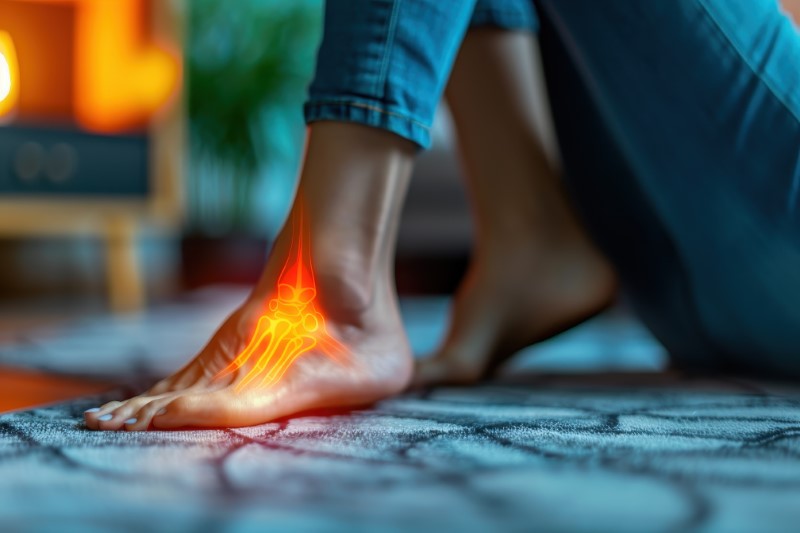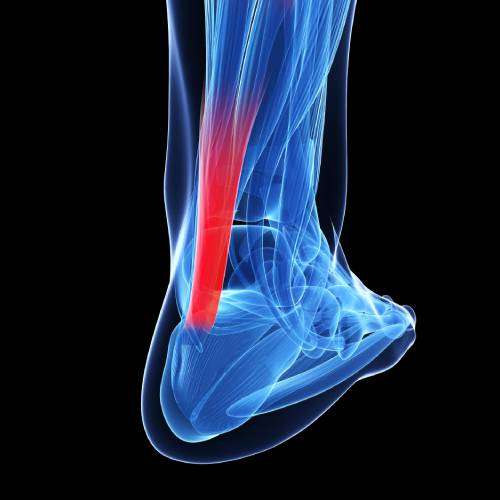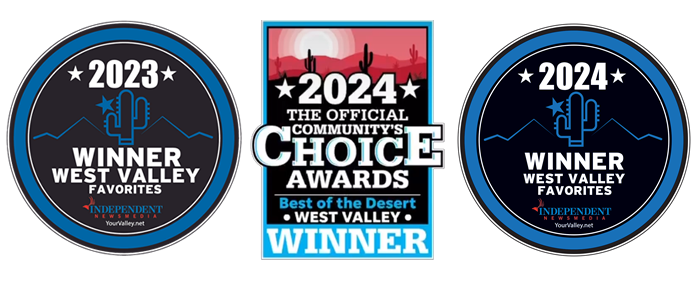Ankle Sprain
An ankle sprain occurs when the ligaments supporting the ankle are overstretched or torn, leading to pain and swelling.
Causes
- Rolling the ankle inward or outward during activity.
Diagnosis
- Clinical tests (Anterior Drawer Test, Talar Tilt)
- X-ray if fracture is suspected
Treatment
- Strengthening
- Proprioception training
- Manual therapy
- Taping
- Gradual return to activity
Recovery
- Average Treatment Time: 4–8 weeks.







